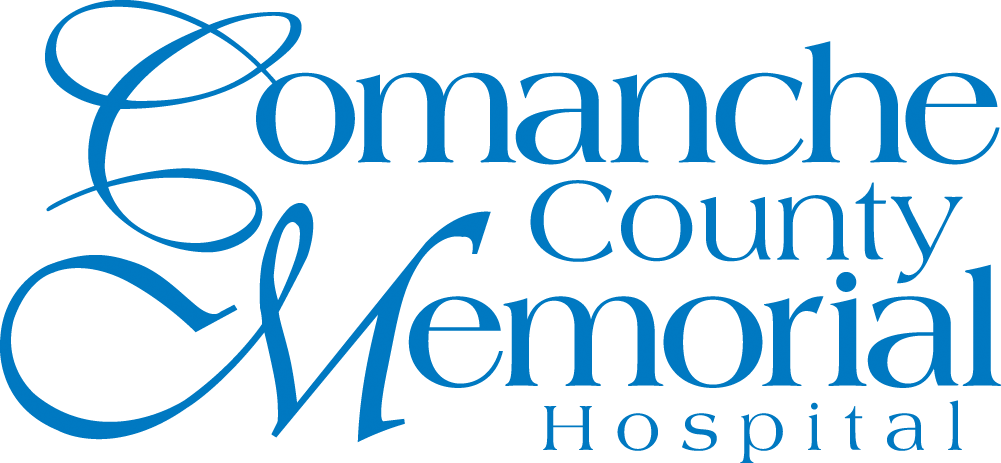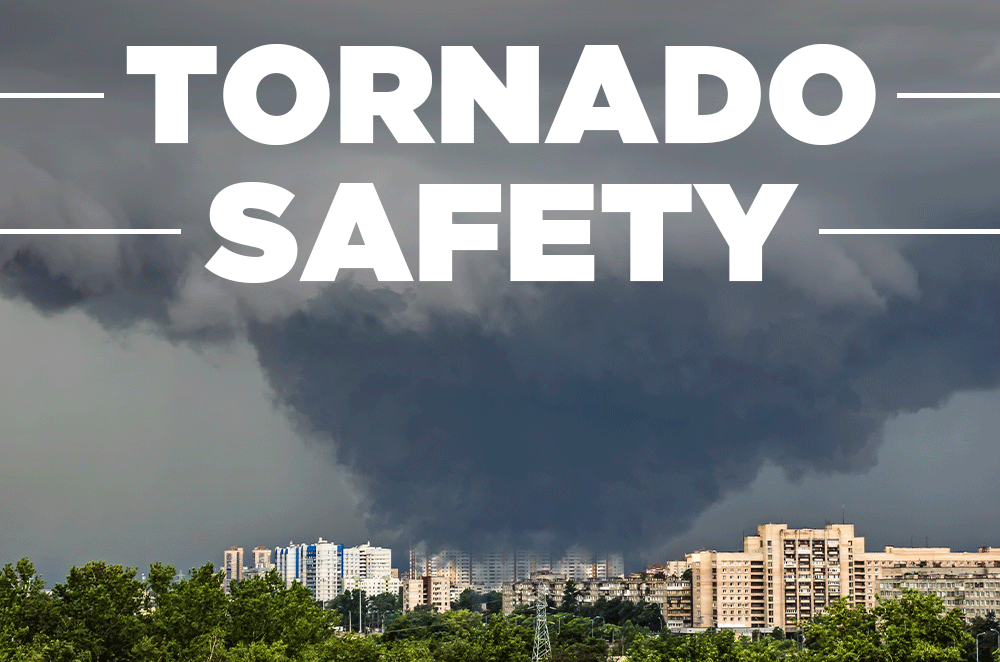Spring is peak tornado season here in Southwest Oklahoma. Though many members of our community have been here through countless tornado seasons and have their preparations fully squared away, we know that our community is also home to a variety of people from all over the country who may not be familiar with tornado safety. The number one key to staying safe during severe weather is to be prepared. Here are some tips for tornado safety and severe weather preparation.
Plan Ahead
Create an action plan before the start of tornado season. This action plan should be set and ready to go before the severe weather hits. When the tornado sirens sound off in your neighborhood, it is an indicator that severe weather is on its way and you have minutes to put this plan into action. Additionally, practice tornado drills with your family in order to ensure everyone is aware of the plan and knows their part in making sure everyone gets to safety.
Important things to consider for your action plan would be:
Where do you go in the house? Prepare a safe spot in your home.
What items do you need to take with you? Make sure to have important documents such as social security cards and birth certificates on hand and ready to grab. Also, medications need to be in an easily accessible location that you can quickly grab and take with you.
Who is a point of contact outside of the immediate area?
Part of your plan should include a point of contact that is located outside of your community. This is to ensure that if a tornado hits, your contact can be notified of your safety or take the necessary steps to make sure you locate help.
Prepare a Safe Spot
The time to prepare a safe spot in your home is NOT when you hear the sirens. Preparation for severe weather should happen as soon as possible. Having a safe spot or shelter squared away beforehand is a simple step that increases your safety during a tornado.
A safe spot in your home would be a designated storm shelter. If you do not have a storm shelter in your home, get to the lowest level of your home. Make sure you are away from windows and doors. The best locations would be interior bathrooms or hallways.
Once you have a safe spot designated in your home, load it up with emergency supplies that can remain in the spot. Some essential supplies are:
Fresh Batteries
Flashlights
Battery-operated radio or device where you can receive weather updates
Water
Non-perishable snacks
Other items you can include in your safe spot would be extra pillows and blankets, coats, a leash for pets, and close-toed shoes.
Know the warning signs
Another key element to tornado safety is knowing the signs of an approaching severe weather system. One of the dangers of tornadoes is the fact that they come quickly and can come on an unsuspecting day. Conditions are right for a tornado if the sky changes to a dark or green color, if there are low-laying clouds or the presence of hail. As soon as you see these changes in weather, make sure you tune into your local weather stations for updates.
During a severe thunderstorm, you may hear your area is under “tornado watch” or a “tornado warning”. These are two different notifications but you must be diligent and understand the meaning of both. According to the National Weather Service, a tornado watch is issued over a broader area and lets you know that the conditions are right for a tornado to appear. A tornado warning occurs in a much more localized area and indicates that a tornado is imminent or has been spotted. Tornado warnings are the more serious of the two and require that you take shelter immediately!
If you find yourself or someone you know in the path of a tornado and serious injuries occur, head to our emergency department: The Drewry Family Emergency Center
Resources
https://www.cdc.gov/nceh/features/tornadosafety/index.html
The Comanche County Memorial Hospital website does not provide specific medical advice for individual cases. Comanche County Memorial Hospital does not endorse any medical or professional services obtained through information provided on this site, articles on the site or any links on this site.
Use of the information obtained by the Comanche County Memorial Hospital website does not replace medical advice given by a qualified medical provider to meet the medical needs of our readers or others.
While content is frequently updated, medical information changes quickly. Information may be out of date, and/or contain inaccuracies or typographical errors. For questions or concerns, please contact us at contact@ccmhhealth.com.

